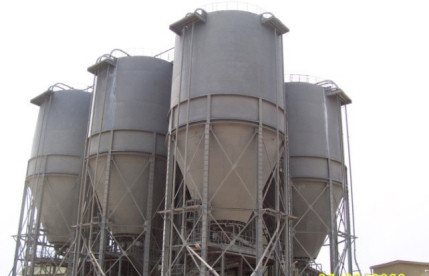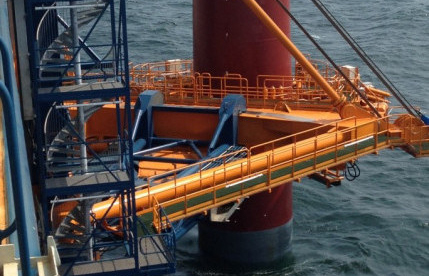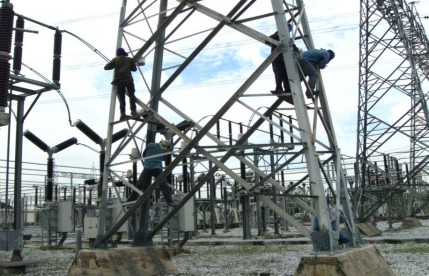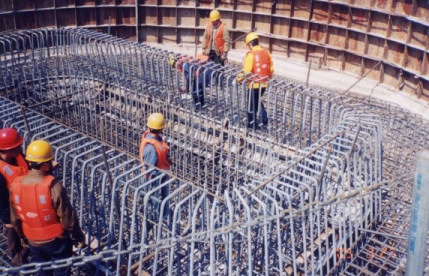
Cement Bagging Plant (Ghana)
Standalone System
Comparable protection to HDG, no topcoat is required.
For optimal protection, ZINGA should be applied in two layers of 60 or 90µm DFT each.

Wind Mills (Belgium)
As a primer a duplex system
Using a topcoat protects the ZINGA until the passive barrier is breached, and only then will the ZINGA become active, preventing corrosion creep and bubbling, allowing for both the ZINGA® and the topcoat to last longer.
In a duplex system (Active + Passive), ZINGA should be applied in 1 layer of min. 60 to 80 µm DFT.

As shop or hold primer
Steel structures do not require reblasting before coating if ZINGA is applied as a shop or hold primer. The steel structure can be overcoated with ZINGA to obtain a cathodic protection or with any other paint without the need for reblasting. Zinganised steel structures can be welded and bent during assembly.
At 30-40 µm DFT, ZINGA can be used as a shop primer.

Pylons (Thailand)
As a repair system for HDG or metalized projects
ZINGA works to recharge existing galvanized structures as it requires simple preparation and is easy to brush or roll on after proper cleaning. Due to the similarities between traditionally galvanized steel and ZINGA, they work together to continue to protect the substrate.

Rebars in Bridge (China)
On rebar
Zinganising the steel re-bars before assembly and immersion in concrete ensures vastly increased protection from corrosion without reducing the pull-out strength of the bars. Recent tests in three independent laboratories showed that ZINGA had at least twice the corrosion protection of either galvanised or epoxy coated rebars.
Referenced from:
